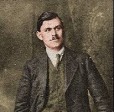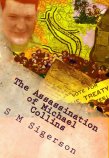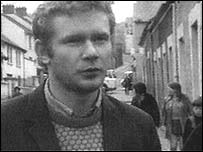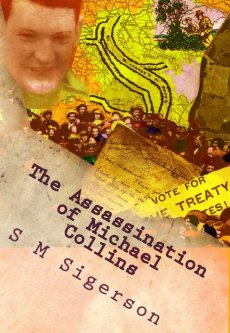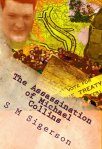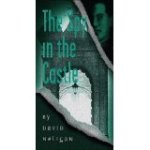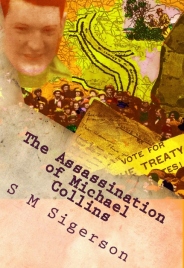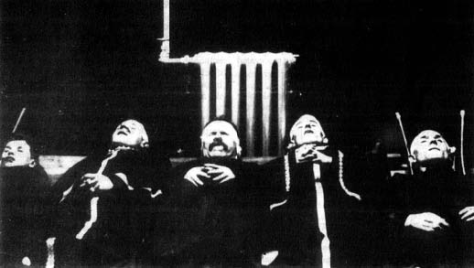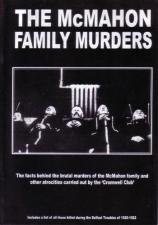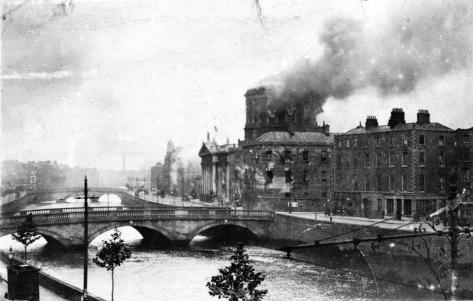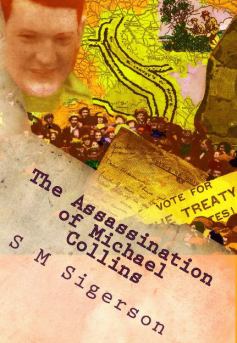
Photo 1922 meeting of pro- & anti-Treaty army officers, to avert Civil War: left to right Sean McEoin, Sean Moylan, Eoin O’Duffy, Liam Lynch, Gearóid O’Sullivan, and Liam Mellows
(Excerpts from the book
“The Assassination of Michael Collins: What Happened at Béal na mBlath?“)
The following statement, known as “The Army Document” was published on 1 May 1922, and signed by equal numbers of both pro- and anti-Treaty officers of the Irish Volunteers / IRA:
“We, the undersigned officers of the IRA, realising the gravity of the present situation in Ireland, and appreciating the fact that if the present drift is maintained a conflict of comrades is inevitable, declare that this would be the greatest calamity in Irish history, and would leave Ireland broken for generations.
“To avert this catastrophe we believe that a closing of the ranks all round is necessary.
“We suggest to all leaders, Army and political, and all citizens and soldiers of Ireland the advisability of a unification of forces on the basis of the acceptance and utilisation of our present national position in the best interests of Ireland, and we require that nothing shall be done that would prejudice our position or dissipate our strength.
“We feel that on this basis alone can the situation best be faced, viz.:
1) The acceptance of the fact – admitted by all sides – that the majority of the people of Ireland are willing to accept the Treaty.
2) An agreed election with a view to
3) Forming a Government which will have the confidence of the whole country.
4) Army unification on above basis ”
[Signed by:]
Dan Breen Tom Hales Owen O’Duffy H Murphy S O’Hegerty
Gearoid O’Sullivan F O’Donoghue Sean Boylan
Michael Collins RJ Mulcahy
The Civil War by no means broke out instantaneously or thoughtlessly. Tremendous efforts were carried on, for months on end, to avert the outbreak of hostilities. The Army Document (shown in its entirely at the head of this chapter) was only one statement, produced in one round of meetings.
Countless such parlays convened, from January (when the Dáil split) thru June 1922. The most painstaking debates were carried on interminably, by those who had risked every danger together for years. Many strove desperately to find some means of going forward without civil conflict.
Indeed, there is an awesome sense of tragedy, in reviewing the transcripts of these debates: to hear echo again the penetrating observations, poignant pleas, passionate oaths, of the greatest hearts and minds of that heroic era; many of whom would soon be silenced forever. Silenced by the outcome of their own relentless march: into the disaster which they all knew that this war would bring.
Read more
“The Assassination of Michael Collins:
What Happened At Béal na mBláth?”
by S M Sigerson
Paperback or Kindle edition here:
www.amazon.com/dp/1493784714
All other e-reader formats:
www.smashwords.com/books/view/433954
Read reviews:
http://www.rabidreaders.com/2014/12/03/assassination-michael-collins-s-m-sigerson-2/
Or ask at your local book shop
